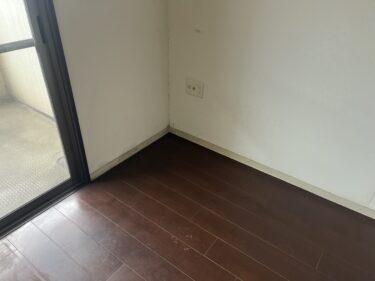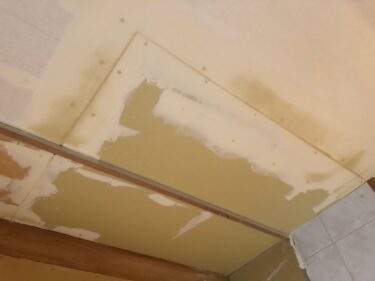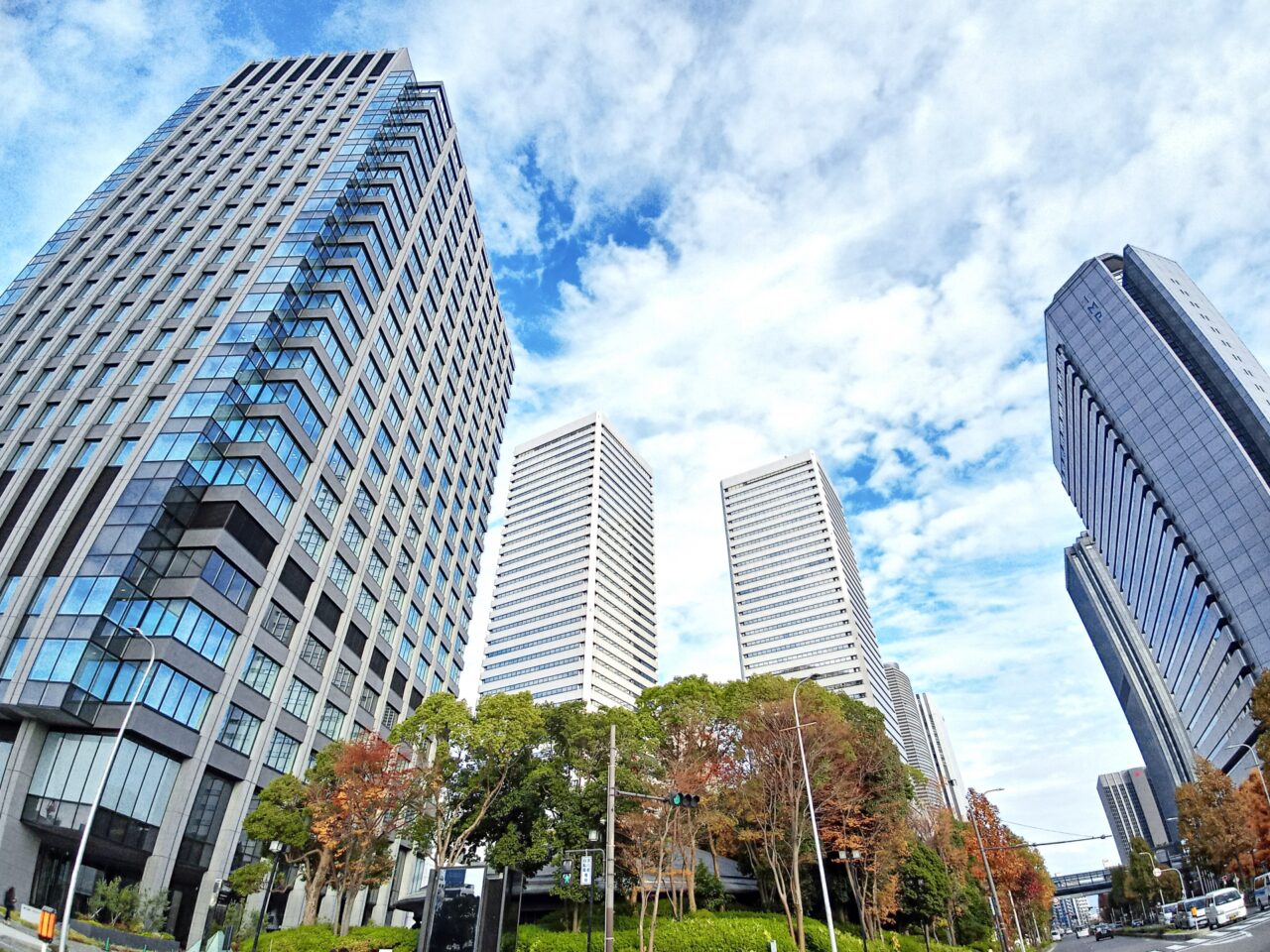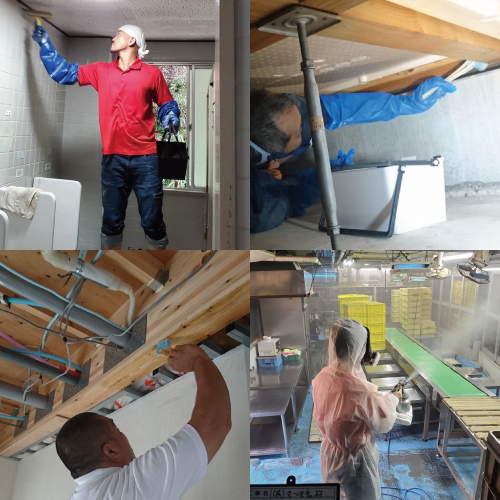1. Mold Issues in Japanese Luxury Rentals Faced by Foreign Expatriates and Diplomats
Foreign expatriates and diplomats living in Japan often encounter unexpected mold issues in luxury rental properties. Japan’s humid climate and unique housing structures can create challenges not commonly experienced in Western countries.
1-1. Why Mold Grows in Well-Sealed Homes: Climate and Construction Differences
Unlike the drier climates of the West, Japan’s high humidity—especially during the rainy season and summer—creates a prime environment for mold. Even in well-sealed, highly insulated luxury properties, moisture often accumulates and struggles to escape, creating ideal conditions for mold to thrive behind walls, under furniture, and in hidden spaces.
Japanese homes also retain features like tatami mats and built-in storage closets, which can easily trap moisture. Western living styles introduced into these traditional spaces often clash, leading to mold growth.
1-2. Complaints from Expatriates: Cultural and Hygiene Differences
Foreign tenants often feel significant stress when mold appears, as it’s considered a serious health and sanitation issue in their home countries. In some cases, visible mold leads to disputes, lease cancellations, or legal action.
These misunderstandings are often due to cultural differences: in Japan, mold may not be seen as seriously, whereas in the West, any sign of mold may suggest a substandard property. Understanding this cultural gap is essential for smooth management and tenant satisfaction.
2. Health Risks and Allergies from Mold
Mold is more than an aesthetic issue—it poses serious health risks, particularly to the respiratory system. Mold spores can trigger allergies, worsen asthma, and lead to other long-term health problems.
2-1. Allergies and Asthma Caused by Black Mold Spores
Black mold, in particular, is known for its aggressive spread and airborne spores. When inhaled, these spores irritate the respiratory system and can cause symptoms like sneezing, coughing, nasal congestion, and itchy eyes. Over time, exposure can lead to chronic conditions such as asthma and bronchitis.
2-2. Risks to Children and the Elderly with Weaker Immune Systems
Children and elderly residents are especially vulnerable. Infants and toddlers may develop chronic respiratory issues, while elderly individuals with weakened immunity are at risk for mold-related infections. Luxury properties are not immune, and their complex designs can make hidden mold harder to detect.
3. The Importance of Mold Inspections in Luxury Properties
Luxury homes often have sophisticated designs and premium materials, which can conceal mold growth and make diagnosis more difficult.
3-1. Using Endoscopes and Infrared Cameras to Detect Hidden Mold
Modern inspections use infrared cameras and endoscopes to detect moisture and temperature variations behind walls and under floors, without damaging the structure. These tools allow precise identification of mold without invasive procedures.
3-2. Non-Destructive Mold Removal with MIST Method
Traditional mold removal methods can damage wood, stone, and other delicate materials. The MIST Method uses a fine mist of proprietary agents that penetrate materials without abrasion, removing mold at the root while preserving surfaces.
4. Preventing Mold Recurrence and Protecting Property Value
Once mold is removed, ongoing maintenance is critical to prevent recurrence and preserve the property’s long-term value.
4-1. Daily Moisture Control through Ventilation and Humidity Management
Proper ventilation and humidity control are key. Many expats rely on air conditioning, but overlook the need for natural ventilation in Japanese homes. Dehumidifiers and humidity monitors help maintain ideal levels between 40–60%, preventing mold growth.
4-2. Structural Damage and Depreciation from Neglected Mold
Ignoring mold can lead to deep structural damage. It degrades wood and drywall, compromising durability. Properties with a history of mold may face lower appraisal and market value, regardless of current condition.
5. Often Overlooked Mold Hotspots: Crawlspaces and Attics
Crawlspaces and attics are especially prone to mold due to poor ventilation and temperature differences.
5-1. Preventing Mold Under the Floor with Ventilation and Routine Checks
Moisture from the ground rises into insulation materials, creating ideal mold conditions. Regular inspections and proper ventilation are essential. Installing fans and applying anti-mold treatments in crawlspaces can prevent outbreaks.
5-2. Attic Mold from Condensation and Professional Removal
Warm air rising during winter causes condensation in attics, often leading to mold. Professional intervention is necessary. MIST technology allows treatment without damaging ceiling materials, and insulation upgrades can help long-term prevention.
6. Handling Mold Complaints from Foreign Tenants
Prompt, culturally sensitive responses to mold complaints are essential in maintaining trust with foreign tenants.
6-1. Property Managers Should Conduct Early Investigations
Upon receiving a mold complaint, immediate site inspection is vital. Involving a professional mold inspection team to objectively assess and report findings helps reduce tenant anxiety and resolve disputes swiftly.
6-2. Cross-Cultural Communication and Clear Explanations
Using English-language materials and visual guides makes explanations more effective. Discussing risks, treatments, and prevention clearly helps build trust, especially with expats unfamiliar with Japan’s climate.
7. Structural Risks Unique to Luxury Homes
Sophisticated designs can unintentionally create high-risk areas for mold.
7-1. Hidden Moisture in Complex Layouts and Underground Rooms
Basements, walk-in closets, and irregularly shaped rooms often suffer from poor air circulation. These design features, while luxurious, require proactive humidity control to prevent mold.
7-2. Natural Materials like Wood and Stone as Mold Nutrients
Natural materials commonly used in high-end homes absorb moisture and provide nutrients for mold. Preventive treatment and regular inspections are essential to avoid costly damage.
8. Mold Prevention in Vacant Homes during Overseas Assignments
When expatriates are away, unattended properties are highly susceptible to mold.
8-1. Moisture Management During Long-Term Absence
Weekly ventilation and dehumidification, especially in kitchens, bathrooms, and closets, prevent mold buildup. Entrusting a property manager or friend to check the house regularly is highly effective.
8-2. Mold Risk in Furniture and Storage Areas
Wooden furniture, books, and leather goods are all prone to mold. Use breathable containers and anti-mold materials in storage to protect household items.
9. Real Cases of Mold in Diplomatic Residences in Kobe
Kobe, a popular city for expatriates and diplomats, has seen numerous mold issues even in luxury homes.
9-1. Mold in Embassy Staff Housing and the Response
An embassy official discovered widespread mold in a walk-in closet and bedroom. Using MIST technology, the property was treated without damaging walls or furniture, and trust was restored.
9-2. Mold Removal and Recovery through MIST Treatment
Another diplomat returned from overseas to find extensive mold damage. After MIST treatment and air quality improvements, the property became safe and livable again, with no recurrence.
10. Choosing the Right Mold Remediation Expert
Selecting a skilled and trustworthy mold specialist is critical, especially for luxury homes.
10-1. English Support and Experience with High-End Properties
Choose providers that offer English-language support and have experience with luxury rentals. They must understand the cultural significance of cleanliness and offer clear communication.
10-2. Verifying MIST and Other Non-Destructive Techniques
Ensure the provider uses safe, effective methods like the MIST Method. Confirm warranty details and aftercare services, including periodic inspections and re-treatment if needed.
Mold Remediation and Renovation: Trust the Experts at Kabibusters Osaka and Kabi Reform Tokyo/Nagoya
For foreign expatriates and diplomats residing in Japan, mold is not just a nuisance—it’s a serious health and housing concern. At Kabibusters Osaka and Kabi Reform Tokyo/Nagoya, we offer expert mold removal using our proprietary MIST Method®, developed to completely eliminate mold while preserving sensitive materials such as wood, plaster, and stone.
What sets us apart is our ability to handle both mold removal and renovation in one seamless service. This integrated approach allows us to restore mold-damaged interiors, redesign spaces for better airflow, and apply long-term mold prevention—all in one project.
This comprehensive service is backed by Taiko Kensou Co., Ltd., a trusted renovation specialist with over 30 years of experience. Our remodeling division handles a wide range of residential and commercial renovations, from luxury condo upgrades to complete house remodels. We specialize in interiors, bathrooms, kitchens, flooring, structural improvements, and more.
By combining renovation with professional mold remediation, we ensure properties not only look new again—but stay clean, safe, and valuable for years to come. This unique fusion of services is especially popular among real estate owners, embassies, and institutions that value hygiene and aesthetics equally.
If you are dealing with mold or planning a renovation in a luxury rental or diplomatic residence, contact Kabibusters Osaka or Kabi Reform Tokyo/Nagoya, operated by Taiko Kensou Co., Ltd.. We will help you restore, protect, and elevate your living environment with precision and care.





